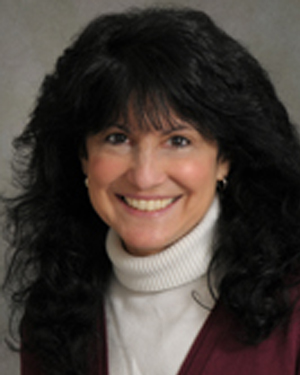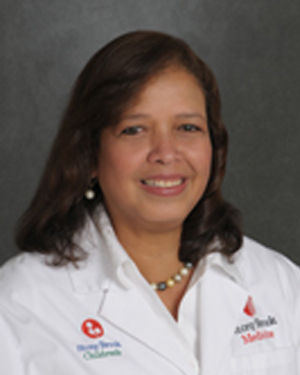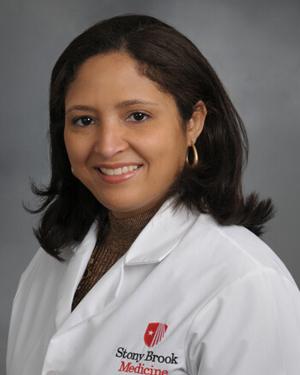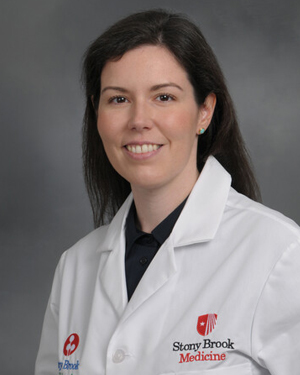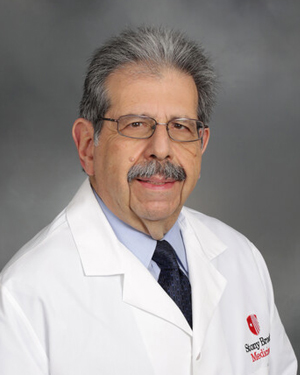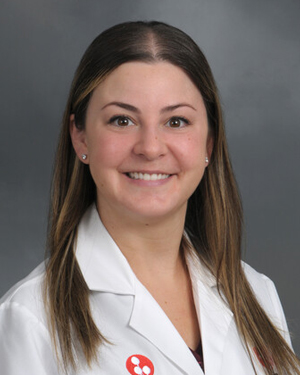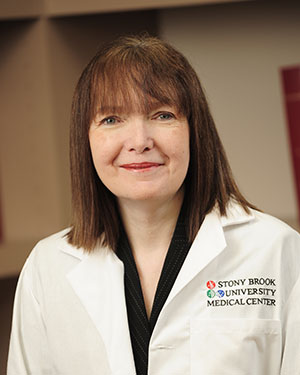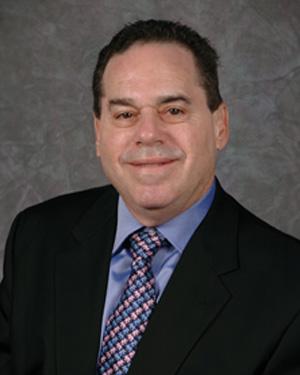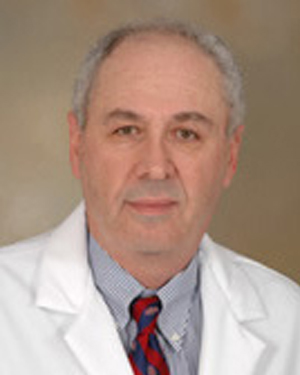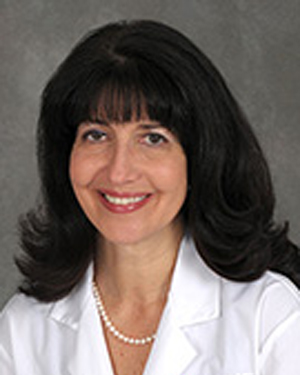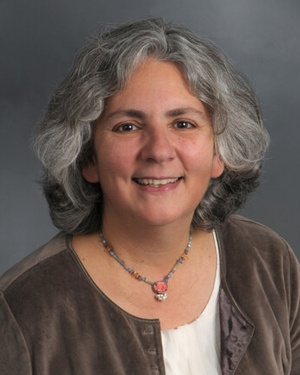Navigation Pediatric Neurosciences Center
Pediatric Neurology
Stony Brook Children's Hospital brings exceptional breadth and depth of expertise to the care of children with neurological disorders. As Suffolk County's only child neurology program based in an academic medical institution, our team operates at the forefront of medicine. We handle the region's most clinically complex cases, conduct vital research studies and, as faculty of the Renaissance School of Medicine at Stony Brook University, train the next generation of neurologists.
Our Services
Within the field of child neurology, we have multiple specialty centers that provide comprehensive, multidisciplinary evaluation, treatment and long-term management of conditions such as multiple sclerosis and epilepsy. Our Lourie Center for Pediatric Multiple Sclerosis is recognized as a Center of Excellence by the National Multiple Sclerosis Society.
Part of the medical center's Program of Distinction in Neurosciences, our Child Neurology Division evaluates and treats patients ranging from newborns to young adults. We have the expertise, experience and technology to address neurological problems, including:
- Hydrocephalus: Managing fluid buildup in the brain.
- Traumatic Brain Injury: Treating and rehabilitating head injuries.
- Brain and Spine Tumors: Offering advanced diagnostic and treatment options.
- Craniosynostosis: Addressing skull deformities from early closure of skull sutures.
- Multiple Sclerosis: Providing care for autoimmune neurological disease.
- Epilepsy: Specialized treatment for seizure disorders.
- Other conditions, including:
- Autism
- Cerebral palsy
- Developmental disorders
- Genetic disorders
- Guillain Barré syndrome
- Infectious diseases
- Mental retardation
- Metabolic disorders
- Migraine headaches
- Motor development
- Muscular dystrophy
- Tic disorders
- Vascular abnormalities
Stony Brook Comprehensive Epilepsy Center
Through the Stony Brook Comprehensive Epilepsy Center, our team of renowned epileptologists, pediatric neurologists, neurosurgeons and neuropsychologists offer a uniquely focused approach to the diagnosis and treatment of children with seizure disorders.
Our capabilities include:
- A five-bed dedicated video-EEG epilepsy monitoring unit (EMU) with 24/7 observation staff
- Portable video-EEG epilepsy monitoring capability that can be set up anywhere in the hospital where there is a patient experiencing possible seizures
- Multiple treatment options, including advanced surgical techniques
- Access to research, including clinical trials of new drugs and support and education services for patients and families
Pediatric Neurology Team
Stony Brook Children's Child Neurology Division consists of a core team of pediatric neurologists who work collaboratively with the hospital's full complement of pediatric and neurology subspecialists, including clinical neurophysiologists, epileptologists, neuroradiologists, neurosurgeons and neuro-oncologists.
Our team of physicians includes:
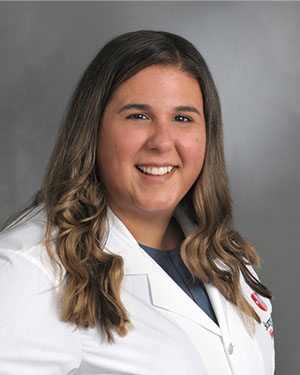
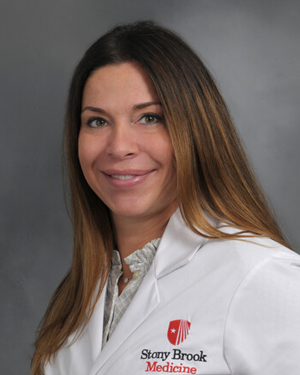
Pediatric Multiple Sclerosis Specialists:
Pediatric Neurology Locations
Lourie Center for Pediatric Multiple Sclerosis
181 N. Belle Meade Rd, Suite 6East Setauket, NY 11733
Neurology Associates of Stony Brook
4 Smith Haven Mall, Ste 105Lake Grove, NY 11755
Neurology Associates of Stony Brook
181 N. Belle Meade Road, Suite 6East Setauket, NY 11733
Stony Brook Children's Services at Hampton Bays
225 W. Montauk HighwayHampton Bays, NY 11946
Stony Brook Advanced Pediatric Care (Commack)
500 Commack Rd, Suite 104Commack, NY 11725
Stony Brook Advanced Pediatric Care (Smithtown)
260 Middle Country Rd, Suite 107Smithtown, NY 11787
Research and Education
At Stony Brook Medicine, research and education are key components of our mission. Our child neurology physicians are members of the faculty of the Renaissance School of Medicine at Stony Brook University and teach medical students, residents and fellows on an ongoing basis. Multiple studies of anti-epileptic drugs and vagal nerve stimulation have been conducted over the years, and the staff presents and publishes their work extensively. Dr. Jill Miller-Horn is a peer reviewer for Clinical Pediatrics. Dr. Louis Manganas is principal investigator on several multiple sclerosis studies.
Advances and Recognitions
From 2005 through 2012, founding director of Child Neurology, Mary Andriola, MD (retired 2019), was named one of New York's Best Doctors by Castle Connelly, publishers of New York Magazine. She is a fellow of the American Academy of Neurology, The Child Neurology Society, The American Epilepsy Society and the American Society of Clinical Neurophysiology.

